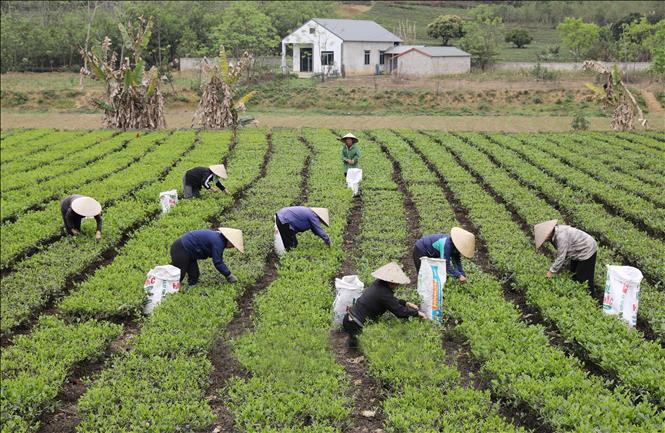
According to Prof. Dr. Nguyen Van Toan, former Director of the Northern Mountainous Agricultural and Forestry Science Institute, in 2024, Vietnam's tea exports will reach nearly 150,000 tons, with an average price of 1.75 USD/kg, bringing in a total turnover of more than 250 million USD. Meanwhile, although only about 55,000 tons of tea are consumed in the domestic market, thanks to an average selling price of up to 7.5 USD/kg, the total domestic consumption value is estimated to reach 410 million USD, far exceeding the export value.
Notably, the structure of export products has also changed significantly. While previously, black tea used to account for 60-70% of total tea exports, now green tea has risen to account for nearly 60% of output and up to 70% of export value. Black tea now accounts for only about 39% of total exports.
Mr. Toan said: Previously, black tea was dominant, but now it has given way to the strong growth of green tea. This is a product line that suits the needs of domestic and international markets, and has a higher economic value. In fact, although domestic green tea consumption is only nearly 1/3 of the export output, thanks to the high price, the value it brings is better.
In Thai Nguyen - one of the key tea growing regions, domestic prices have now reached 7 - 8 USD/kg, while export prices to high-end markets such as the UK are only 6 - 7 USD/kg. This has led many producers and businesses to prioritize the domestic market to improve economic efficiency.
According to the Ministry of Agriculture and Environment, in the first 7 months of 2025, tea exports reached 69,900 tons, earning 117 million USD, down 10.9% in volume and 12.2% in value compared to the same period in 2024. The average export price of tea also decreased by 1.4%, down to 1,674 USD/ton. Pakistan and China are still the two largest tea consuming markets of Vietnam.
Currently, the tea industry is being significantly strengthened thanks to policies on developing raw material areas, diversifying products and applying technology in processing. According to the Project on Developing Key Industrial Crops by 2030, the Vietnamese tea industry aims to increase the planting area to 130,000 - 135,000 hectares, the output of fresh tea buds to about 1.2 - 1.4 million tons, and the export value from 280 - 300 million USD. Accordingly, the proportion of deeply processed tea is increased, especially serving the food, cosmetics and medical industries. The project also aims to develop new product lines such as tea bags, Oolong tea, Matcha, Sencha using modern technology, increasing the proportion of modernly processed tea.
The development of the tea industry must be associated with the conversion of crop varieties, new planting and renovation of old tea fields. According to the Northern Mountainous Agricultural and Forestry Science Institute, the selection and creation of tea varieties in recent years has achieved many positive results. New high-quality tea varieties are an important premise for restructuring tea varieties nationwide, improving the productivity and quality of Vietnamese tea.
Mr. Nguyen Van Toan said that localities need to focus on developing high-end green tea to serve the domestic market. The rapid transition to value-added tea varieties will help create a stable raw material area, gradually approaching the high-end market segment.
Scented green tea products, especially jasmine tea, are very popular not only in Vietnam but also in the international market. If exploited effectively, this product line can create a distinct value chain, enhance competitiveness and open up a sustainable development direction for the tea industry.
In Thai Nguyen - the tea capital of the country with more than 23,500 hectares, the output is nearly 300,000 tons/year. In 2025, the output of fresh tea buds in the whole province is expected to reach more than 275,000 tons, after processing about 55,000 tons, with a total estimated value of nearly 15,000 billion VND. The province also has 207 tea products recognized as OCOP from 3 stars to 5 stars; of which 3 products meet 5-star standards. Thai Nguyen aims to have a total value of 25,000 billion VND from tea trees by 2030.
In Tan Cuong commune alone, the locality is promoting economic development based on tea by applying high technology, green agriculture, clean agriculture and digital transformation. According to Ms. Duong Thi Thu Hang - Secretary of Tan Cuong commune, the goal by 2030 is that the value of tea products sold per hectare will reach over 1.1 billion VND. The commune is also promoting the construction of community tourism spots based on tea culture and rural ecology, thereby enhancing the value of tea not only economically but also culturally and tourism-wise.
A typical example of clean tea development is the Kim Thoa Tea Cooperative in Dai Phuc Commune, Thai Nguyen Province. With an area of 5 hectares planted according to VietGAP standards, each year the cooperative harvests more than 88 tons of fresh tea buds, produces about 6 tons of dried tea, and has a revenue of about 1 billion VND. Ms. Tong Thi Kim Thoa - Director of the Cooperative said that the production process is strictly managed from planting, caring to harvesting and processing, ensuring consistent quality and food safety. The cooperative's products currently meet the 4-star OCOP standard and are positively received by the market.
According to the Ministry of Agriculture and Environment, the 2025 export plan aims to reach 270 million USD, an increase of 5% compared to 2024. However, to achieve this goal, the tea industry needs to continue to innovate technology, improve product quality, diversify types, build strong brands and promote trade to potential markets such as Canada, Russia, and the Middle East. At the same time, businesses and farmers need to increase support for safe production linkages along the chain, organize production according to international standards, creating a solid foundation for Vietnamese tea to both expand export markets and consolidate its position at home.
Source: https://baolaocai.vn/xuat-khau-sut-giam-che-viet-chinh-phuc-thi-truong-noi-dia-post879694.html






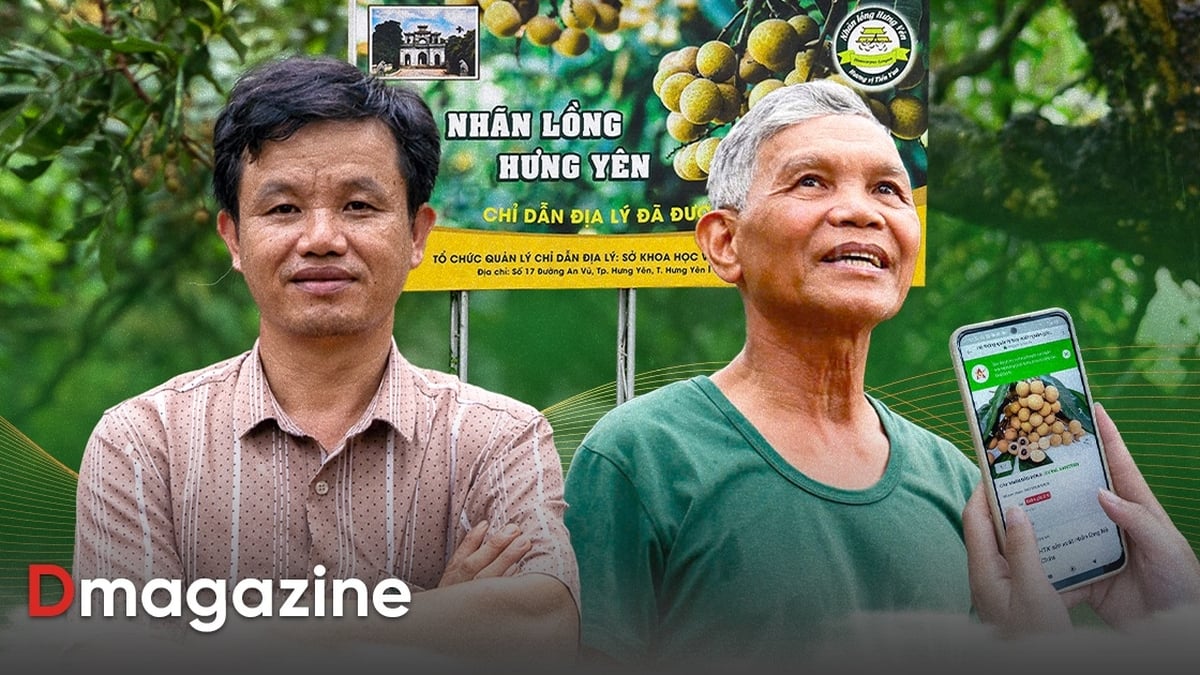


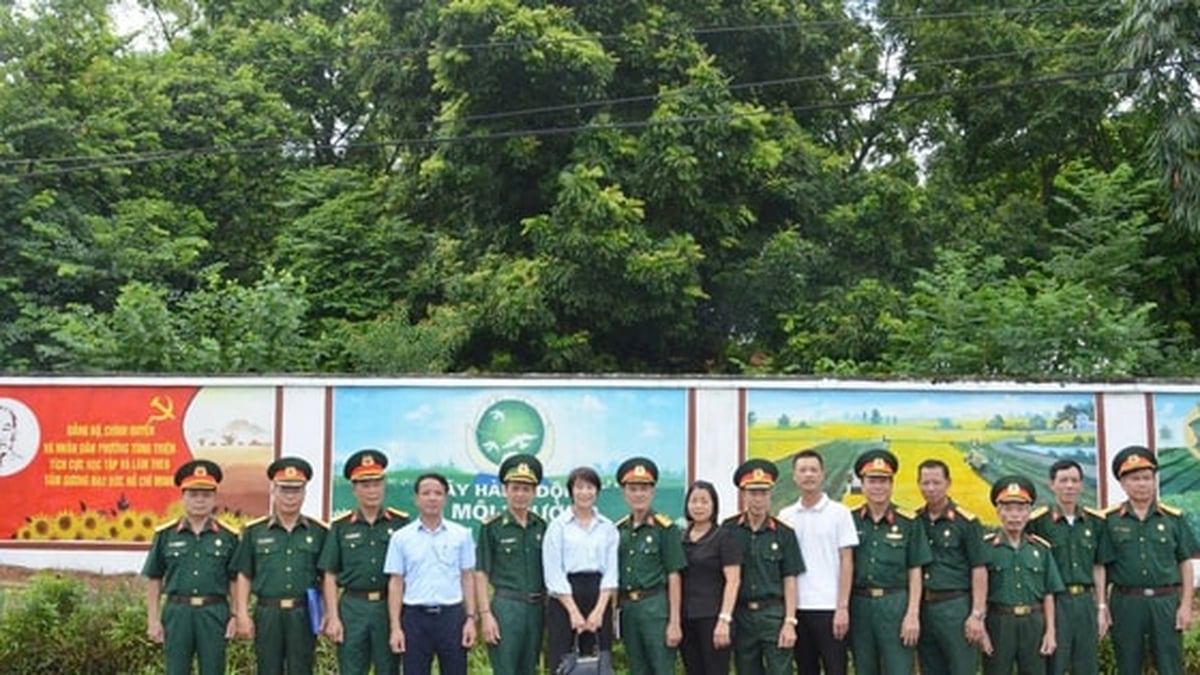












![[Photo] General Secretary attends the inauguration ceremony of the Ministry of Public Security Headquarters](https://vphoto.vietnam.vn/thumb/1200x675/vietnam/resource/IMAGE/2025/8/16/3ceec3a24ef945c18ae2b523563b749d)






![[Photo] “Moving forward with Vietnam” on the most romantic road in Vietnam](https://vphoto.vietnam.vn/thumb/1200x675/vietnam/resource/IMAGE/2025/8/16/0ee500bc59fd4468863261ee26f47fe7)

![[Photo] National Assembly Chairman Tran Thanh Man attends the program "Returning to the source - Towards the future"](https://vphoto.vietnam.vn/thumb/1200x675/vietnam/resource/IMAGE/2025/8/16/d081d9c162ee4ed9919e723aa322a53a)


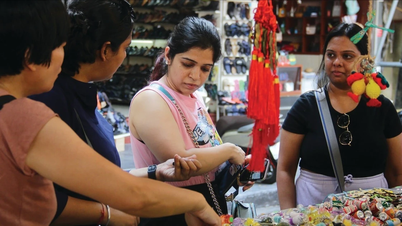














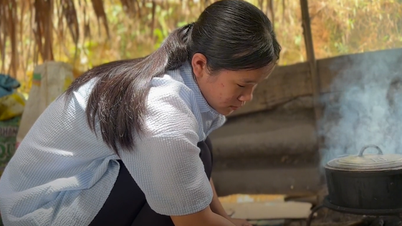














































Comment (0)